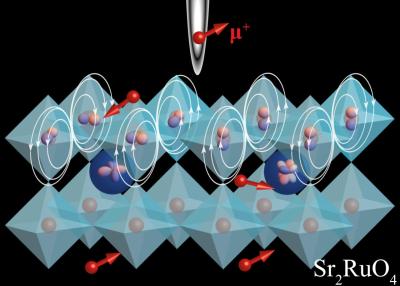Researchers demonstrate spiral spin liquid on a van der Waals honeycomb magnet
Researchers at Oak Ridge National Laboratory (ORNL) have used neutron scattering to show that a spiral spin liquid is realized in the van der Waals honeycomb magnet iron trichloride (FeCl3). The ORNL team grew the host material and demonstrated this long-predicted behavior.
The team's work demonstrates that spiral spin liquids can be achieved in two-dimensional systems and provides a promising platform to study the fracton physics in spiral spin liquids.
